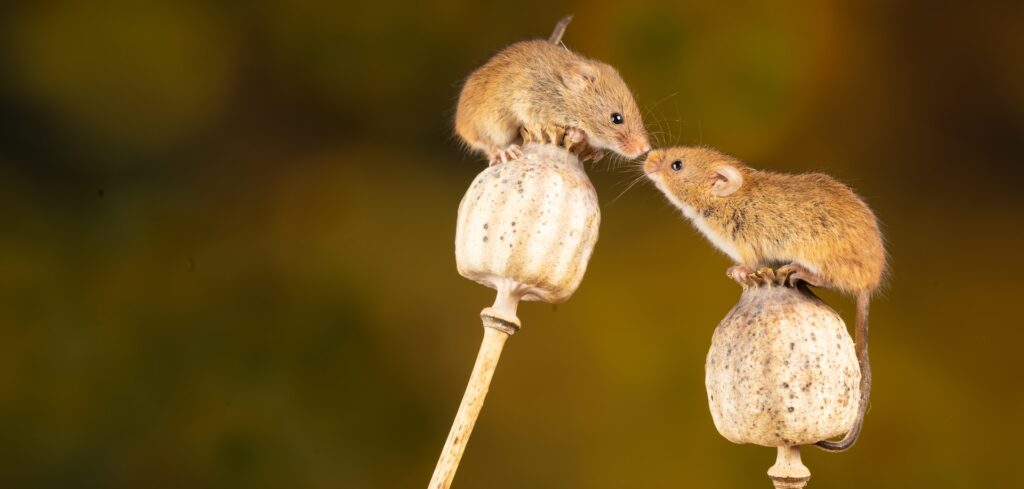Science
Universe 25: The Rise and Fall of a Mouse Population
In June 22, 1972, John Calhoun conducted a groundbreaking experiment, observing the effects of overcrowding on mouse behavior, known as Universe 25. This experiment was designed to study the impact of population density on a mouse community living in a confined space. Over time, the results of this study revealed astonishing insights into the dynamics of social behavior and its consequences.
Calhoun’s Mouse Utopia
In 1968, John Calhoun introduced four mouse couples into Universe 25, a specially designed pen resembling a rodent Garden of Eden. The environment provided ample nesting supplies, unlimited food and water, but the scarce resource was physical space. Calhoun anticipated that overpopulation would create challenges, leading to intriguing social developments. Approximately a year into the experiment, the mouse population peaked, and growth suddenly slowed. As density increased, violence and abnormal sexual behaviors emerged. Social order disintegrated, leading to a phenomenon Calhoun termed “behavioral sink.” Strikingly, this breakdown persisted even when mice were moved to a normal environment, indicating severe consequences on their social development. The mice born in this chaotic environment exhibited developmental issues. They couldn’t form normal social bonds or engage in essential behaviors like mating and pup-rearing. Instead, they remained trapped in an infantile state of early development, even after being removed from Universe 25.
Social Parallels and Ethical Concerns
Calhoun’s findings were perceived with anthropomorphic interpretations, reflecting on human society’s fears of overpopulation and urban violence. Tragically, these interpretations were used to justify population control efforts targeted at marginalized communities. However, Calhoun believed his research could lead to positive changes in architecture, affecting prisons and mental hospitals’ design to mitigate crowding’s negative social consequences.
Calhoun’s mouse experiment raised important questions about the dynamics of human societies, population growth, and overcrowding. While the study was conducted on mice, parallels were drawn to human societies, especially during a time of rapid population growth and urbanization.
Societal Collapse
The experiment demonstrated how overcrowding and resource scarcity can lead to the disintegration of social order and a collapse of societal structures. This phenomenon has implications for understanding urban violence and social breakdowns in human societies.
Population Control
During the 1970s, when population growth was a growing concern, Calhoun’s studies were used to justify population control efforts targeted at marginalized communities. The ethical implications of such approaches should be carefully considere.
Importance of Environment
The study highlighted the impact of the built environment on human behavior. Calhoun’s findings emphasized the need for thoughtful design and planning in overcrowded spaces, such as prisons and mental hospitals.
Role of Social Bonds
The experiment revealed the importance of social bonds and community in maintaining a healthy society. A lack of social interactions and meaningful relationships can have severe consequences on individuals and society as a whole.
John Calhoun’s experiment with Universe 25 remains a profound exploration of the impact of overcrowding on social behavior. It sheds light on the consequences of unchecked population growth and the necessity for thoughtful urban planning and community development. As we reflect on these lessons, we are reminded of the vital role human societies play in shaping a sustainable and harmonious world.
Source:
https://www.the-scientist.com/foundations/universe-25-1968-1973-69941
https://www.ncbi.nlm.nih.gov/pmc/articles/PMC164426/pdf/procrsmed00338-0007.pdf




